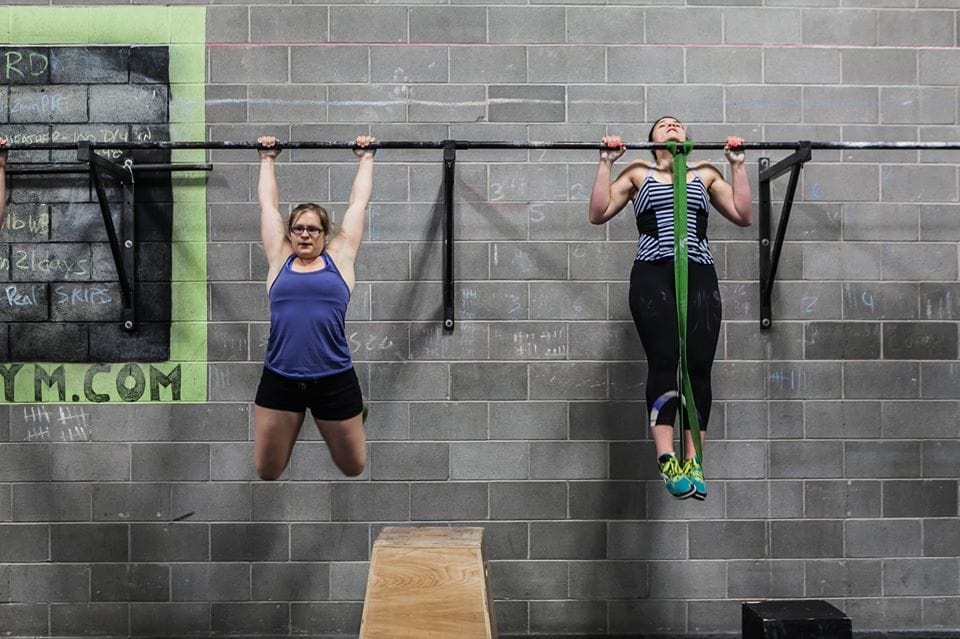Front Squat 3-3-3-3-3
Good mornings 10-10-10-10-10
Alternate between front squats and good mornings. Then:
“Randy”
Power Snatch 75lbs x 75 reps.
For time.
It’s hard to stop a front squat from being quad-dominant. For many of us, starting a lift by pushing our hips back means losing our upright torso posture. If this is you, you’ll recognize dipping elbows and stretching wrists.
The problem is one of both mobility and stability. If the hip flexors aren’t mobile, the pelvis will tilt forward and arch the lumbar curve of your spine with it, requiring more erector strength to keep your torso upright. If you lack the erector strength to fight against the pull of the hip flexor, you tilt forward at the waist. Mobility in the antagonistic muscle, stability in the mover. Deactivated brakes, activated gas pedal.
Because of bar placement, the front squat will be-at best- a 50/50 lift, requiring equal coordination of the knees and hips. The Good Morning, however, should be 95% hips. Practice with an empty bar: soften your knees, then push your hips back until you feel your glutes and hamstrings stretching. When you can’t take the stretch anymore, push your hips forward to stand up again.
There was a time when Good Mornings were criticized as ‘bad for your back,’ and I’d hate to see them done in a Globogym without coaches. They’re a huge deadlift-builder, and great for coordinating action between the glutes and hamstrings. Many powerlifters can Good Morning double their bodyweight; the highest I’ve personally witnessed was a 670lb good morning.
Alternating between front squats and Good Mornings will allow the coach to assess whether you’re good at self-cueing under load. If you lose your back posture in the Good Morning, no problem: decrease the weight and go again. Don’t push for heavier weight just for the sake of doing it; like the bench press and front squat, the Good Morning is best used as a training aid.
Skip to content
Fill out the form below to get started
Take the first step towards getting the results that you want!

